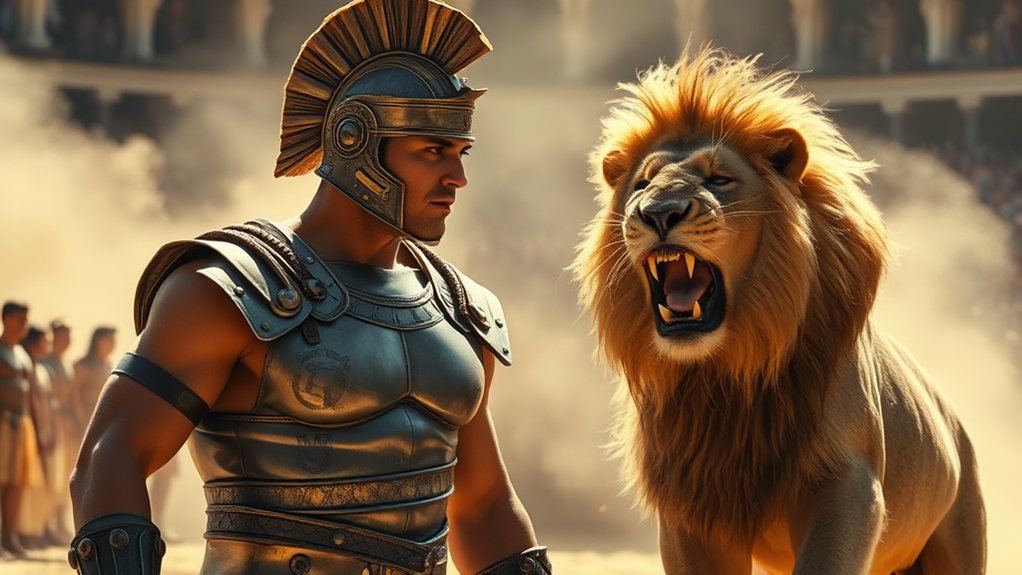
In a surprising discovery, archaeologists have found evidence of gladiators fighting lions in York, England. This revelation comes from the examination of skeletal remains at a site known as Driffield Terrace. It’s believed to be a burial ground for gladiators. Researchers have uncovered bite marks on one skeleton’s pelvic bones. These marks show clear signs of a large carnivore, likely a lion.
This finding challenges previous assumptions that gladiatorial games were limited to Rome. Historical records confirm that gladiators faced wild beasts like lions and tigers in brutal combat. While most people think of the Colosseum when imagining these fights, this new evidence suggests that such spectacles occurred outside of Rome as well, including places like York.
The bite marks on the skeleton match the time period of the individual’s death, adding credibility to the belief that gladiators really did engage in battles with wild animals. This finding provides tangible proof for something that many have only read about in history books. It highlights the brutal nature of entertainment during ancient Roman times.
This discovery raises questions about the culture of ancient Rome. Gladiators fought not just other humans, but also powerful animals, creating extreme violence for public entertainment. It suggests that there was a fascination with spectacles involving human suffering. Today, we can draw parallels to our modern forms of entertainment. Some might wonder how similar these interests are to our own.
Community reactions to these findings have been mixed. Many people express interest in the implications of gladiators fighting lions. Discussions arise around the treatment of Christians and wild animals during that time.
While some find the brutality of ancient entertainment disturbing, others recognize the significance of the Colosseum as a historical site. This discovery opens the door to more conversations about our understanding of history and entertainment.






